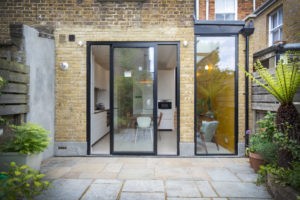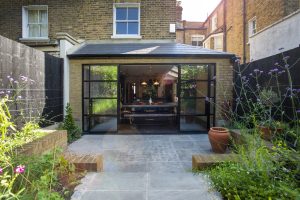Do You Want to Learn More About Extending in Conservation Areas?
Extending in conservation areas is not quite the marathon process you might think it is. Actually, if you do live in one, you are not alone. Greater London has more than 1,000 conservation areas, and so the chances your home being in one are quite high. In fact, some London boroughs such as Islington, Westminster or Kensington and Chelsea have very few streets that are not within a conservation area. As a result, we are frequently approached by prospective clients who wonder if and how living in a conservation area will affect their home extension plans.
In short, conservation areas do affect planning a little. As with any planning application, there are restrictions you have to bear in mind. Simply put, being in a conservation area usually means you have a few more hoops through which to jump. However, the good news is, that with an experienced Design Team to guide you along the way, and with some careful design considerations, you’ll have no problem getting approval for a scheme you love, regardless of your location!
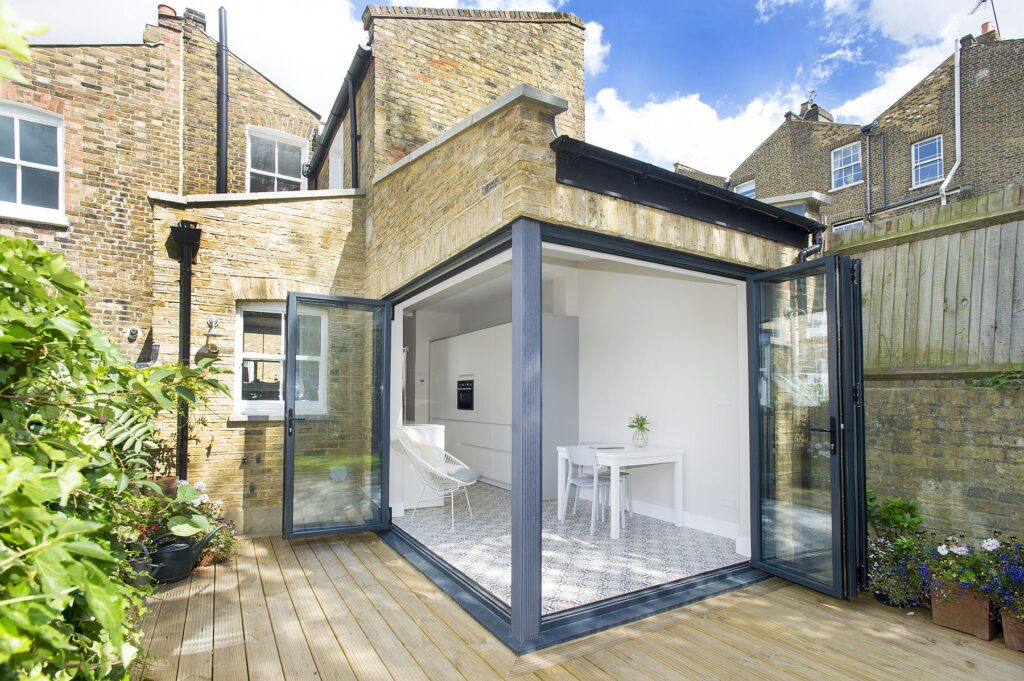
What is a Conservation Area?
First and foremost, you probably want to know exactly what a conservation area is, and then if your property is actually located within one.
Conservation areas preserve the qualities which make a place unique – that is their purpose. For example, an area with special architectural or historical heritage. You will often find that conservation areas surround a listed building, or are areas with noteworthy architectural designs deemed worthy of protection. They also cover features such as paths, boundaries, materials, street layouts, and even trees.
Therefore, guidelines, usually put in place by local authorities, will limit changes that could affect the character of the property and its surroundings. Alterations to any of these features need to be carefully considered throughout the design phase. This can include the size and scale of additions to the host property, materiality of the new extension and even sometimes the window and door options.
How Do I Know If My Property is Within a Protected Area?
To find out if you are living within one of London’s many conservation areas, you can contact your local planning authority Alternatively, you can look on your local authority’s website under the ‘Conservation Areas’ section. This can involve looking over maps, or searching your postcode. Your local authority can tell you all about the specific designations, such as the creation date, the area it covers, the reasons for its creation and, most importantly, the level of legal protection afforded to that area.
Very helpfully, most local authorities also provide supplementary planning guidance outlining the specific considerations, restriction and freedoms of the conservation areas. This allows you to understood more clearly what can and can’t be achieved before setting out on a planning application.
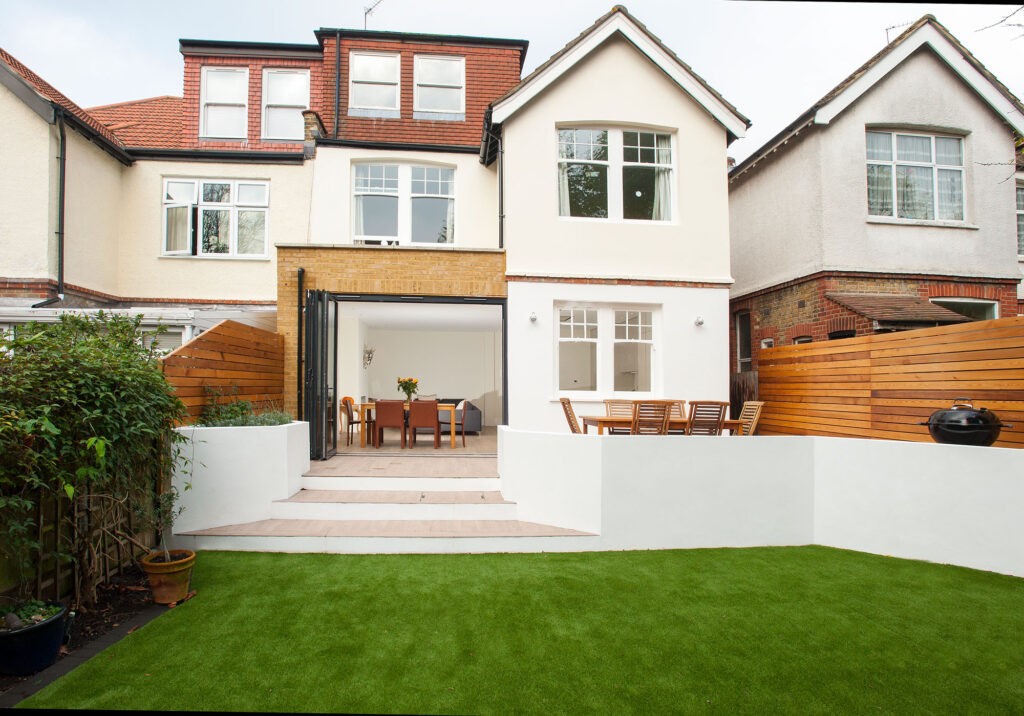
In most situations, it is your local council who will oversee your conservation area. However, in some locations there is further protection from Estate Agencies. One such Agency being that of the Dulwich Estate. They have their own set of guidelines and procedures. For this reason, it is important to fully look into the specifics of your conservation area. As part of our Design Phase, your Architectural Designer will be able to undertake a full and complete search into the conservation area. This will ensure that throughout the design, we can work both with you and the planning restrictions. This is to create an extension that meets your wishes, and to ensure the final scheme follows guidelines.
How Can It Affect the Extension Design?
As discussed above, councils will provide a supplementary planning document (SPD) or Conservation Appraisal Guidelines. These outline design allowances and restrictions within specific areas. Every council has very similar SPDs to one another, however, they do vary slightly. For example, relating to what can be done, depending on the characteristics of your conservation area. Also, by examining the key architectural or historical heritage under protection.
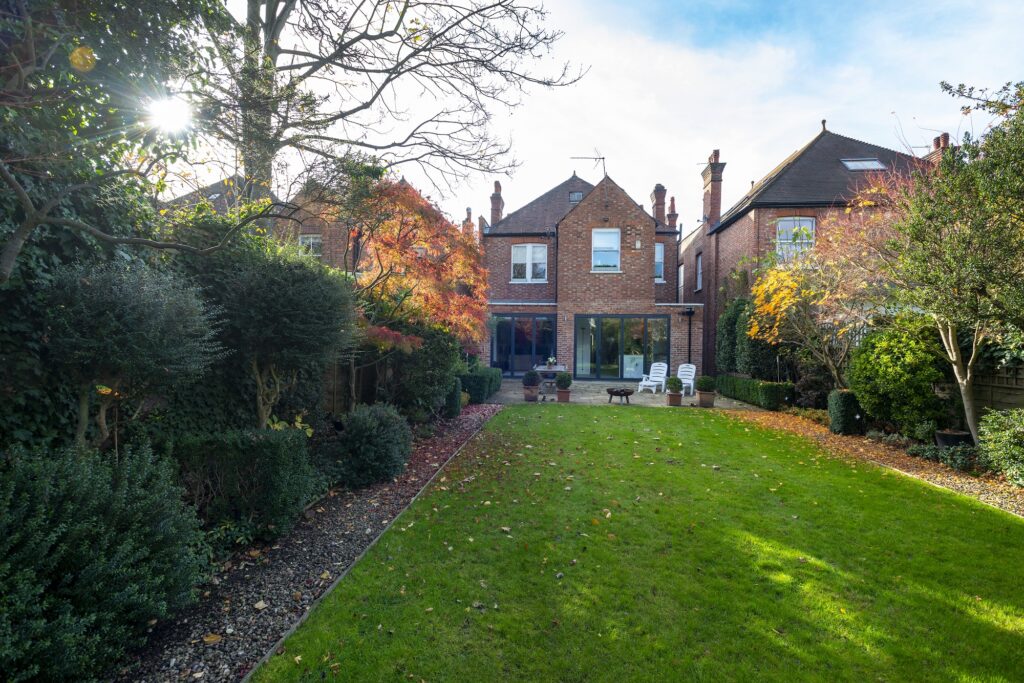
Materials
The material choice when extending in conservation areas is an important factor. It is something that your local council will look at very carefully to ensure it is in-keeping with the original build. On most occasions, you will require London stock brick to match the existing stock. If your design proposal acknowledges local materials it will stand more of a chance in gaining planning success. This happened at a project we completed in the Mapesbury Conservation Area, NW2. We had to ensure the careful selection of all materials. So, for the exterior, we used London red stock bricks to match the existing brickwork. Contemporary glazing on the rear façade complements the original features, stopping the extension from over-dominating the host property.
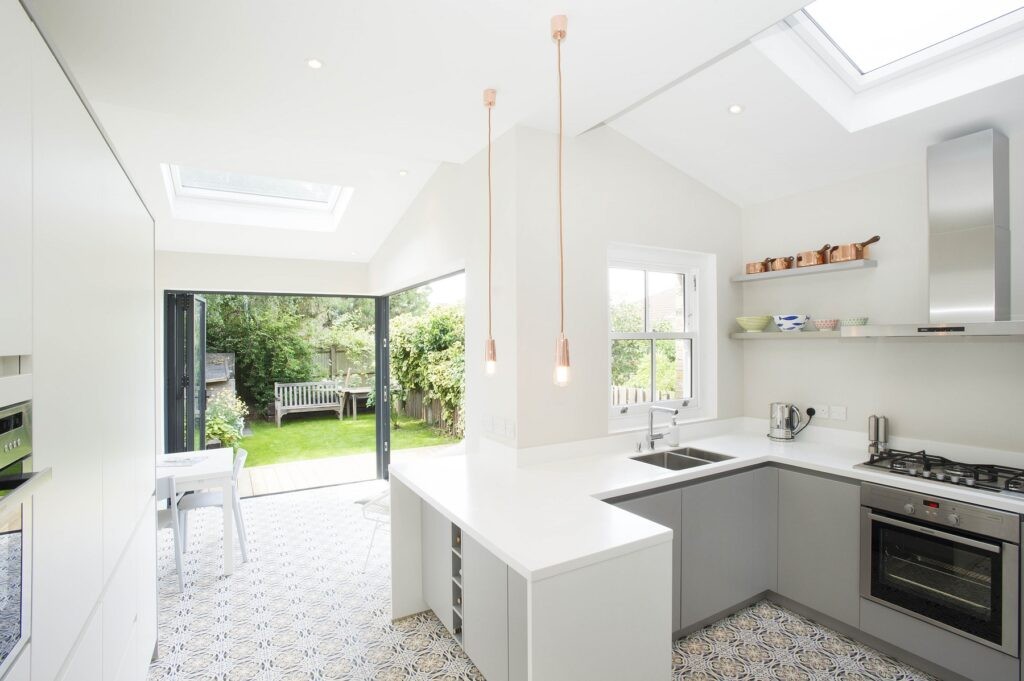
Size
The size of the extension must also be in-keeping with its local area. It should not be “too much” for the original structure. The boundary height can be an issue during the design phase. This is due to local councils being careful not to approve a scheme that blocks natural light into neighbouring properties. This project we completed in Battersea, SW8, had its extension size restricted. This was due to being within a conservation area, and we were consequently not able to undertake a wraparound extension. However, with clever design solutions, we were still able to open up the galley kitchen. This achieved an open plan kitchen and dining space with breakfast bar, as well as bifold doors to the garden.
What Do You Need for Planning?
When extending in conservation areas, submitting an application to planning is usually a lengthier process. It is all dependent upon your local council and the area in which you are. The Council usually request additional documentation to provide justification or evidence to support the application. It can range from a variety of things: a Design and Access Statement a Heritage Statement a Tree Survey Report a Flood Risk Report Also, others which are dependent on the specific works being carried out.
Always remember that owning a property in a conservation area does not have to be a hindrance when looking to create an extension or make alterations. The local authority will have designated the area to ensure that any future additions simply preserve or enhance the local character. Therefore, the design challenges faced can force you to explore options you may not have considered. They may even get you to think outside the box. And this could create superior and more unique designs that are better than you originally imagined.
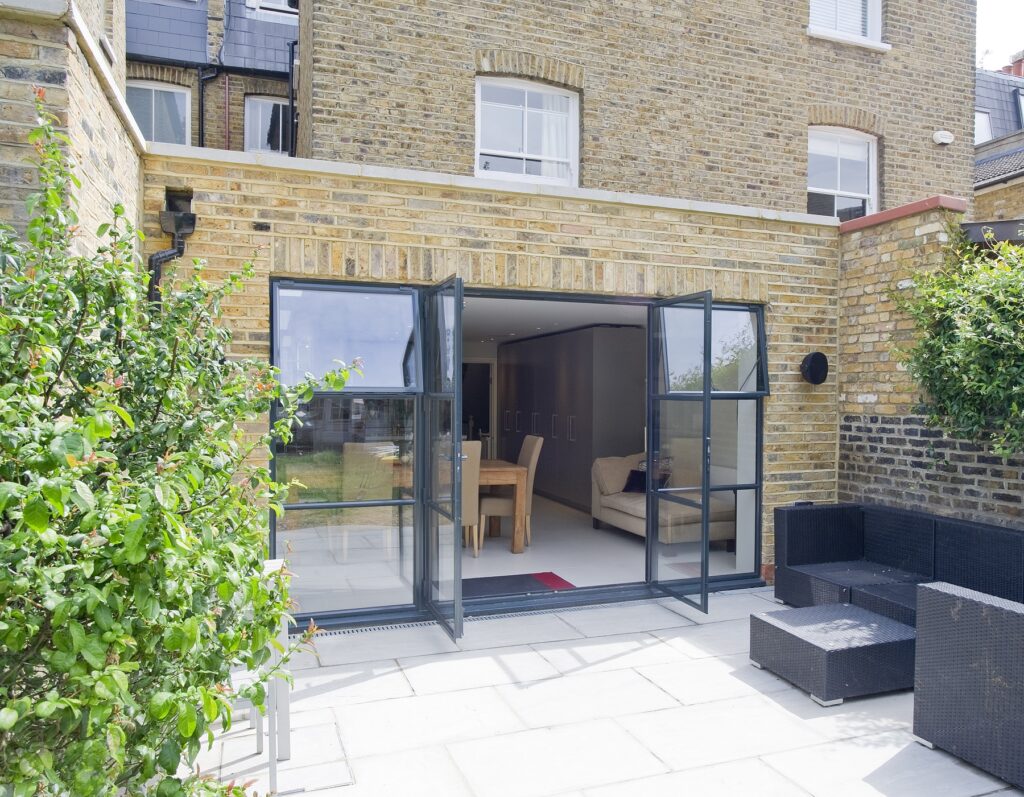
A conservation officer will assess your design to ensure that the quality of it enhances the area. This person will be looking at the overall effect rather than the style. So you don’t necessarily have to replicate the old in the new extension. In fact, modern or contemporary additions are not out of the question, with encouragement of differentiating the architectural language of the property.
In Summary
If you live in a conservation area and want to extend, please don’t be put off by the extra considerations. At Build Team, we have a wealth of experience with properties in conservation areas. In fact, we have had many successful planning applications for conservation areas all over London. We also offer a Pre-Planning Application service. This is particularly useful if you a want to get information on a scheme from the local planning authority. Most importantly, you can do all this before committing to the complete design phase.
Contact Us
Are you considering a home extension on a protected property? Would you like to know more about the options available? Please give us a call on 0207 495 6561 or email hello@buildteam.com and we’d be happy to help.


